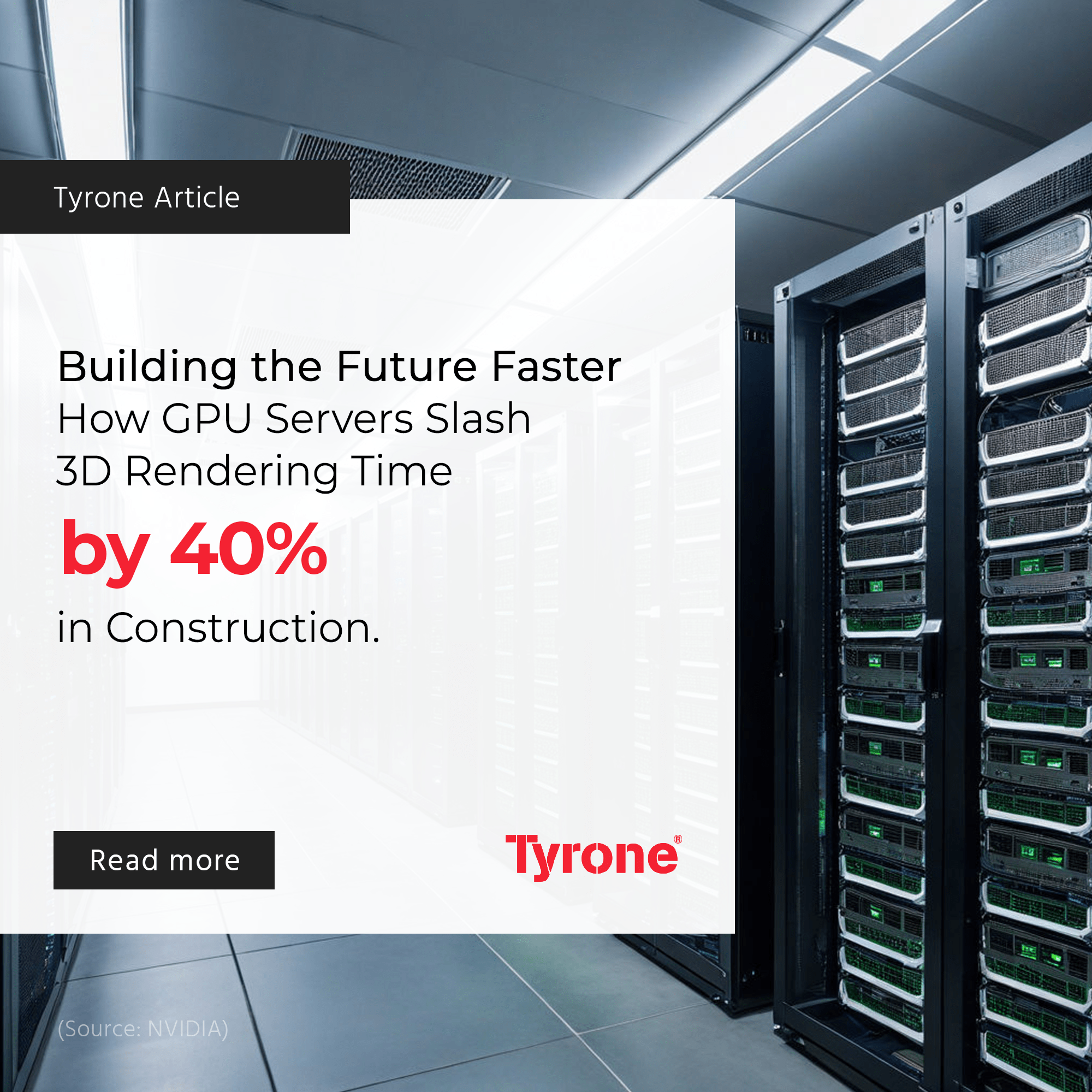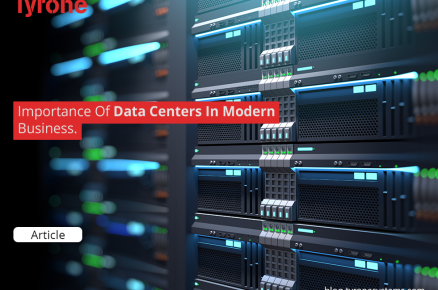In the ever-evolving construction industry, time is money, and efficiency is paramount. As technologies continue to progress, the need for rapid and precise visualization of projects is becoming more crucial. The advent of GPU (Graphics Processing Unit) servers has proven to be a game-changer, especially in the realm of 3D rendering. By slashing rendering times by up to 40%, GPU servers offer a transformative advantage to stakeholders in construction, significantly accelerating project timelines and enhancing the decision-making process.
The Power of GPU Servers in Construction
Revolutionizing 3D Rendering
Rendering is an essential process in architectural visualization, helping stakeholders view a detailed and accurate representation of the construction project before a single brick is laid. Traditional CPU (Central Processing Unit) based rendering is inherently slower due to its limited ability to handle parallel tasks efficiently. GPU servers, on the other hand, are designed to handle massive parallel processing tasks, making them ideal for rendering high-resolution 3D images in a fraction of the time.
Unparalleled Processing Capabilities
GPUs can perform many operations simultaneously, greatly increasing the speed at which complex algorithms can be processed. For example, a modern GPU can contain thousands of cores compared to the handful of cores in a CPU. This massive parallel processing capacity allows GPUs to perform tasks in minutes that would take CPUs hours. According to a study by NVIDIA, using GPU servers can reduce rendering time by 40% compared to traditional CPU servers (Source: NVIDIA).
Enhanced Visual Quality
Apart from speed, GPUs also offer superior rendering quality. High-resolution textures, complex lighting effects, and intricate detail that are computationally intensive can be processed more efficiently, providing clearer and more accurate visual representations. This enhanced quality is invaluable for client presentations and internal reviews, ensuring that every detail of the design is communicated effectively.
Improved Workflow Efficiency
The integration of GPU servers into construction workflows has a domino effect on overall project efficiency. Faster rendering times mean quicker iterations and revisions. Architects and designers can test different design scenarios and materials rapidly, leading to more informed decisions. This agility reduces bottlenecks in the design phase, helping projects stay on schedule and within budget.

Quantifiable Benefits to Stakeholders
Cutting Costs, Not Corners
Speeding up the rendering process directly translates to cost savings. Reduced rendering times mean less need for extended hours and fewer resources spent on computational tasks. According to a report by PwC, companies that implemented GPU servers saw a 30% reduction in costs associated with rendering and visualization tasks (Source: PwC). These savings can be reallocated to other critical areas of the project, such as materials or manpower, influencing the overall project budget positively.
Accelerating Time-to-Market
In the construction industry, the faster a project is delivered, the sooner it can begin generating return on investment (ROI). Projects benefiting from GPU acceleration move through the design phase quicker, reducing delays and helping contractors hit their milestones efficiently. This increased speed can shorten the overall project timeline by several weeks, if not months. A survey by McKinsey & Company found that projects using advanced visualization technologies like GPU servers were completed 25% faster than their traditional counterparts (Source: McKinsey & Company).
Enhancing Collaboration
With GPU servers, stakeholders can render high-quality, interactive 3D models on-the-fly, facilitating better communication among architects, engineers, and clients. Real-time adjustments can be made during meetings, enabling a more dynamic and collaborative design process. This capability ensures that all parties have a clear understanding of the project at every stage, minimizing misunderstandings and reducing the risk of costly modifications later in the construction phase.
Reducing Environmental Impact
Faster rendering times lead to less energy consumption per project. Traditional rendering farms require significant energy due to prolonged processing times. By cutting rendering times by up to 40%, GPU servers lower the overall energy demand, contributing to a reduction in the environmental footprint of construction projects. This aligns with sustainability goals and can be a significant selling point for eco-conscious clients.
Case Studies and Real-World Applications
High-Profile Developments
Leading construction firms have already started to reap the benefits of GPU acceleration. For instance, a prominent architectural firm in New York utilized GPU servers for a skyscraper project, cutting their rendering time from an average of 36 hours to just 21.5 hours per image. This significant improvement facilitated more design iterations and led to a more refined final product, ultimately winning the firm a prestigious architectural award.
Smart Cities and Urban Planning
In urban planning, GPU servers have enabled the creation of detailed, large-scale models of entire cities. These models are used for simulations and planning, allowing for better traffic management, utility planning, and disaster preparedness. An urban planning agency in Singapore reported a 50% reduction in project planning time due to the rapid rendering capabilities enabled by GPU servers (Source: Urban Redevelopment Authority of Singapore).

Conclusion
The construction industry stands on the brink of a technological revolution with the integration of GPU servers. By drastically reducing 3D rendering times by up to 40%, these powerful tools are reshaping project delivery, enhancing visual quality, and driving down costs. For stakeholders, the adoption of GPU servers is an investment that yields substantial returns in efficiency, collaboration, and overall project success. As more firms embrace this technology, the vision of building the future faster becomes not just a possibility, but a tangible reality.











